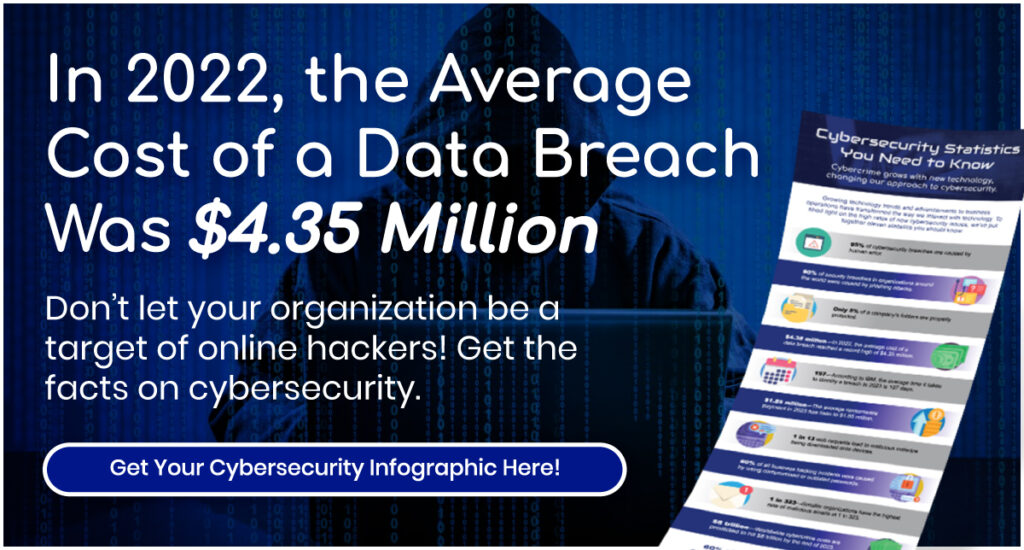Depending on the industry, your business may need to share and exchange confidential information. But what’s to stop cybercriminals from stealing that data in the process? Nothing. That is, unless you use end-to-end encryption to keep communications safe and private between trusted contacts. What is end-to-end encryption and how does it work? Let’s examine the ins and outs of this service together.
Is Your Company Ready for Digital Transformation?
What is End-to-End Encryption (E2EE)?
End-to-end encryption (E2EE) is a secure messaging service which allows only specified users to exchange information without third-party interference. This privacy is enabled for communications between two endpoints, wherein only the parties messaging each other have access to the shared data via decryption or verification codes.
Imagine end-to-end encryption as an extra security measure to prevent intruders from stealing your mail. You expect delivery to be a direct A to B process; however, if you’re not looking, a third individual can open the message and take what they want before you notice any tampering. End-to-end encryption works digitally to block anyone from stealing, infiltrating, or altering the message while in transit between parties or devices.
How End-to-End Encryption Works
What makes end-to-end encryption valuable to businesses is how it provides assured data security through decryption codes. Like a network password, E2EE allows only the individuals permitted to view the sent information by transcribing it through a decryption code. The only way users can decipher the information is by providing their embedded network security key, digital certificate of authority, or by following the required steps to decrypt the message. Typically, these keys are privately sent to both intended parties beforehand, making it near impossible for third-party interlopers to gain access.

Through end-to-end encryption, users follow decryption instructions to obtain security codes for access to confidential data files.
Benefits of Using End-to-End Encryption
Companies applying end-to-end encryption into their communications can expect many advantages. Not only does E2EE prioritize data privacy, but it also ensures cybersecurity personnel have complete control over how data is collected and used. In fact, those who use end-to-end encryption can expect to benefit from:
Private Communications
As previously discussed, end-to-end encryption uses encrypted network security keys to authorize access between endpoints. Furthermore, E2EE enables businesses to store these decryption keys on authorized devices. This blocks hackers from decrypting messages not only in transit, but also from other devices if they attempt to gain access from an unauthorized source. This process enacts a sort of zero trust policy, wherein end-to-end encryption double-checks that user codes and devices match to maintain secure access.
No Interference
Codes or files altered by hackers or other parties present a great security risk to your network data. Thankfully, end-to-end encryption avoids this issue, as there is no opportunity for unauthorized users to breach or decrypt the message contents while transferring between authorized personnel. This encryption barrier extends not only to hackers, but also to internet or application providers through which the messages are sent.
Compliance
For industries handling private client information—such as financial, medical, or brand information—such data security services are essential to meeting IT compliance standards and protection against a cyber liability lawsuit. Beyond just cybersecurity, E2EE services help you meet data security regulations by restricting details to only authorized users.
Control Communications with Innovative
End-to-end encryption is the key to ensuring private and secure business communications online. At Innovative, we recognize the risk that comes with sharing confidential information. Our experts are ready to help you select and install the tools you need. To learn more, visit our Services and Products page today.





